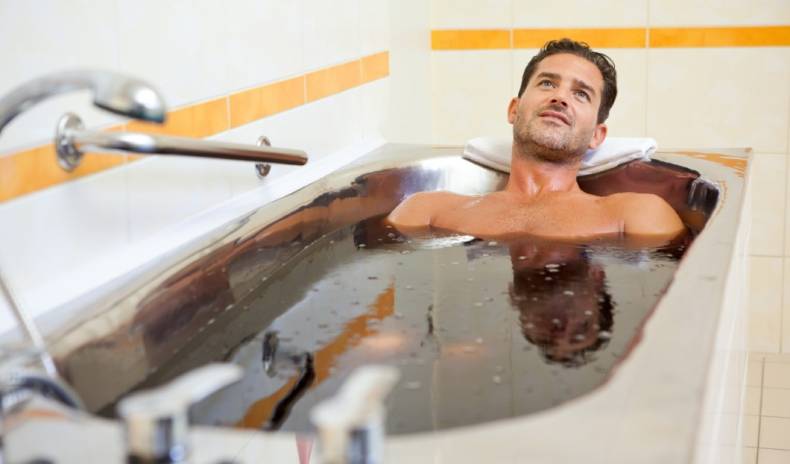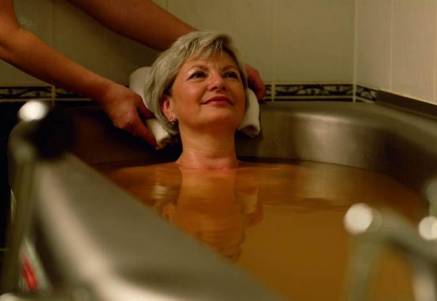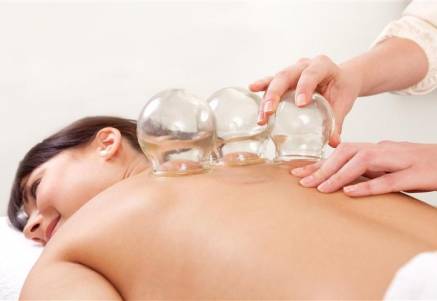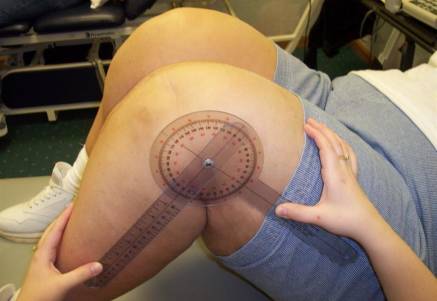It starts inconspicuously and that is its biggest problem. More and more it is also diagnosed among young people. Backpain is typical for this disease, as well as the bending of the spine. As a result, people then walk hunched and leaning forward.
Bechterew’s disease is a chronic inflammatory disease of the vertebrae, most notably the place where the cross-bone pan is connected. The name of the disease is borne by the Russian neurologist Vladimir Mikhailovich Bechterev, who described it in 1892. During the course of the disease, the physiological curvature of the spine changes, the head is moved forward and in the thoracic spine a hump occurs. As a result, so-called “Bechterew round back” is formed.
Muscles increase their tension and gradually get into a state of convulsions and shortening of the muscle. The final stage of the disease leads to stiffening of the spine and chest immobility. Fatigue, loss of appetite, weight loss, eye problems, recurrent urinary tract infections and bed sores often occur in the development of the disease. 1 in 200 people has Bechterew’s disease and it affects predominantly men between 15 and 30 years old.
Typical symptoms:
- Chronic pain and stiffness occurring in the lower part of the spine
- The spine gradually becomes less flexible, the patient does not reach his knees initially, and later he cannot lean forward at all
- Chest pain may also occur, especially in deep breathing
- Chronic severe fatigue can also occur
- About 40% of cases of Bechterew’s disease are associated with irritation of the iris, inflammation is manifested by eye pain and increased sensitivity to light
- At a young age, the disease can manifest itself with swelling of large joints on the limbs, especially the knees
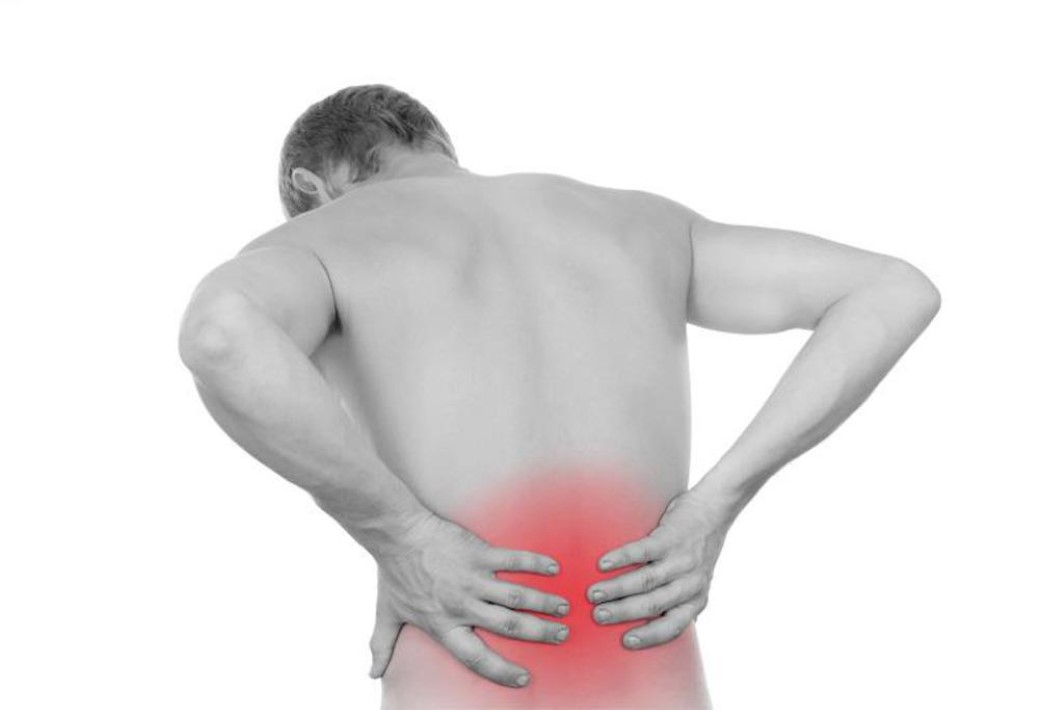
Pain during sleep
Pain usually occurs in peace, at night and before waking up. It wakes the person up from his sleep. It is associated with a feeling of morning stiffness lasting more than half an hour. A light warm-up or heat application to the stiff part can bring relief. Treatment can be performed either by taking medication or with regular exercises and physiotherapy.
Patients entitled to spa treatment
Health Spa treatment is also excellent for this disease. It helps the patient to maintain their fitness and mobility. Treatment with heat (peat wraps and baths) especially improve the patient’s condition. Moreover, swimming pool exercises, underwater massages, magnetotherapy, Scottish exercises and rehabilitation lead to an improvement. Also, if the patient regularly exercises and uses spa treatment, the disease can stop and mitigate, but not cure.


